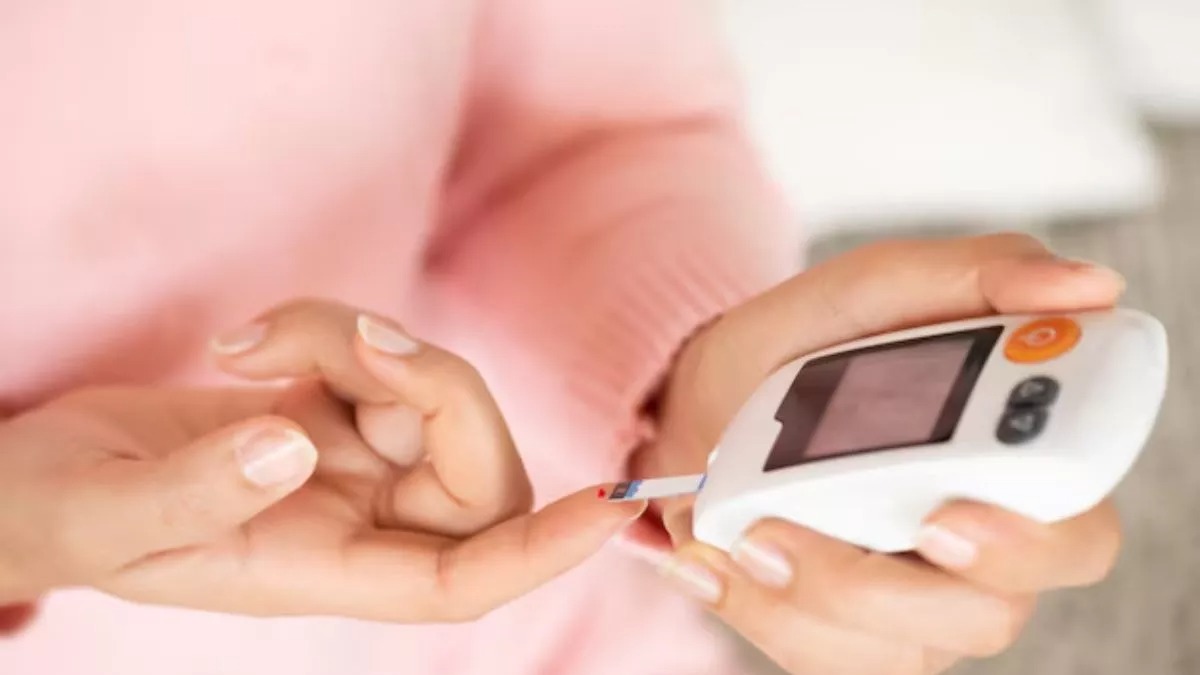
Pre-diabetes is a condition where blood sugar levels are higher than normal but not yet high enough to be classified as diabetes. It is an early warning sign that your body is struggling with insulin regulation, increasing the risk of developing type 2 diabetes if left unmanaged. Understanding pre-diabetes and its symptoms can help you take timely action to prevent long-term health complications.
What Is Pre-Diabetes?
Pre-diabetes occurs when the body starts losing its ability to process glucose efficiently. This happens due to insulin resistance or reduced insulin production. Without intervention, it can progress to diabetes, leading to serious health issues like heart disease, kidney problems, and nerve damage.
Common Symptoms of Pre-Diabetes
Many people with pre-diabetes do not experience noticeable symptoms. However, some early warning signs include:
- Frequent hunger and cravings – A sign that your body is not using glucose properly.
- Increased thirst and urination – The body tries to remove excess sugar through urine.
- Unexplained fatigue – High blood sugar levels can cause energy fluctuations.
- Dark patches on the skin (Acanthosis Nigricans) – Commonly seen on the neck, elbows, or armpits.
- Slow healing of wounds – A potential indicator of insulin resistance.
- Blurred vision – High glucose levels can affect eye health temporarily.
How to Prevent Pre-Diabetes from Progressing
Taking the right steps early can help reverse pre-diabetes and maintain healthy blood sugar levels:
- Maintain a balanced diet – Reduce processed foods, sugary drinks, and excess carbohydrates.
- Exercise regularly – At least 30 minutes of moderate activity daily improves insulin sensitivity.
- Control weight – Losing even a small percentage of body weight can significantly lower risk.
- Manage stress – High stress levels can contribute to insulin resistance.
- Regular health checkups – Monitoring blood sugar levels helps detect issues early.
--Advertisement--

 Share
Share



